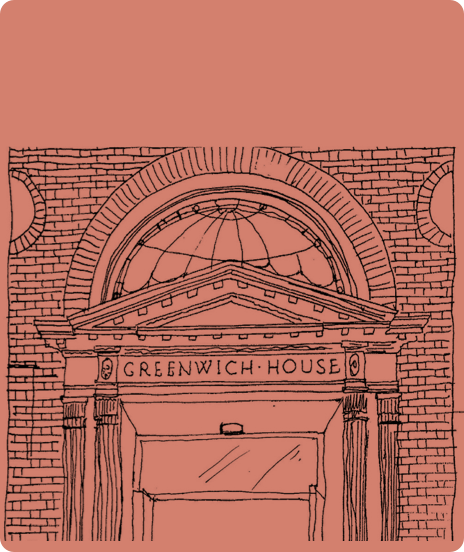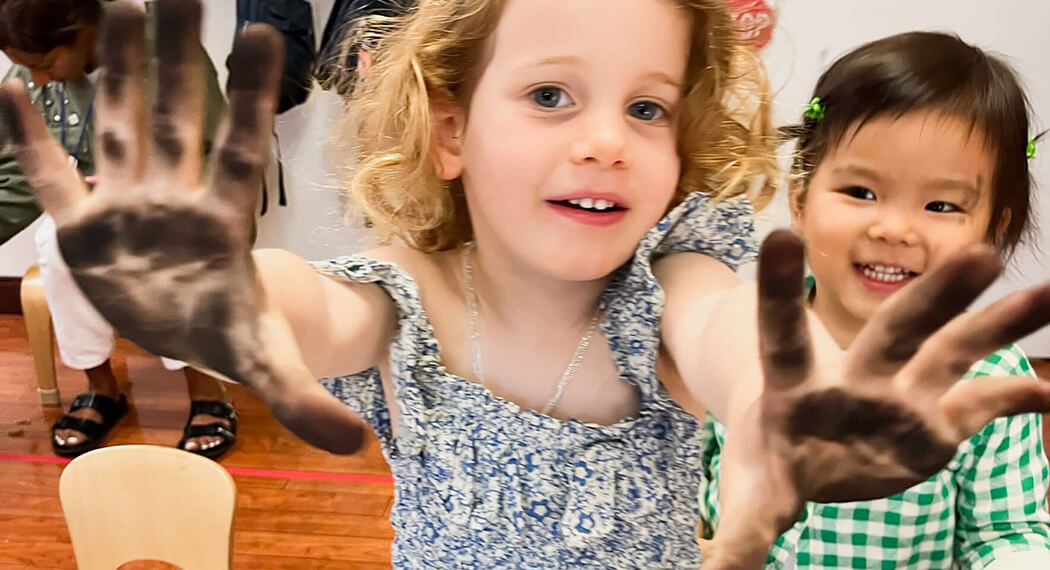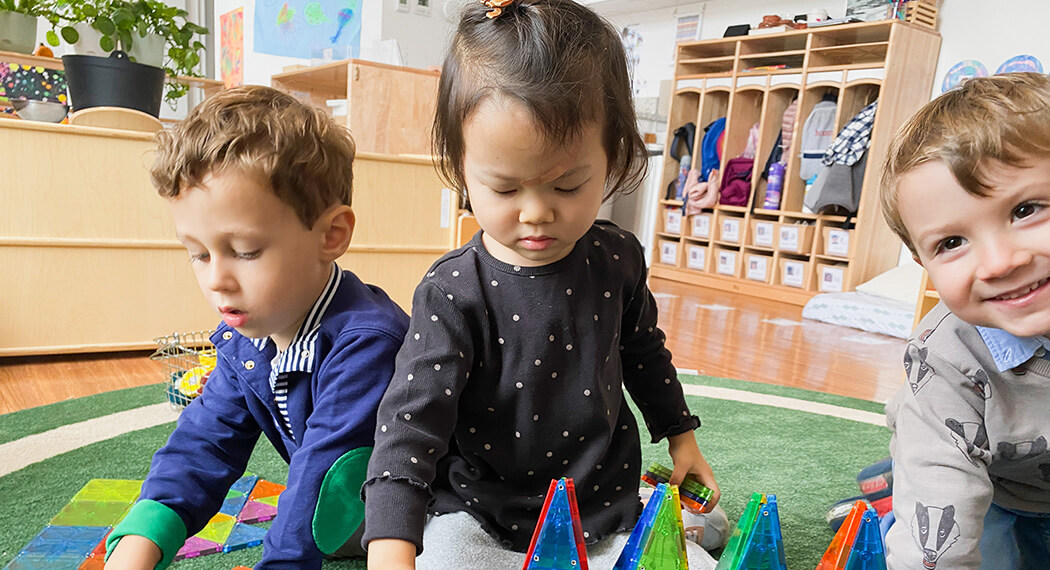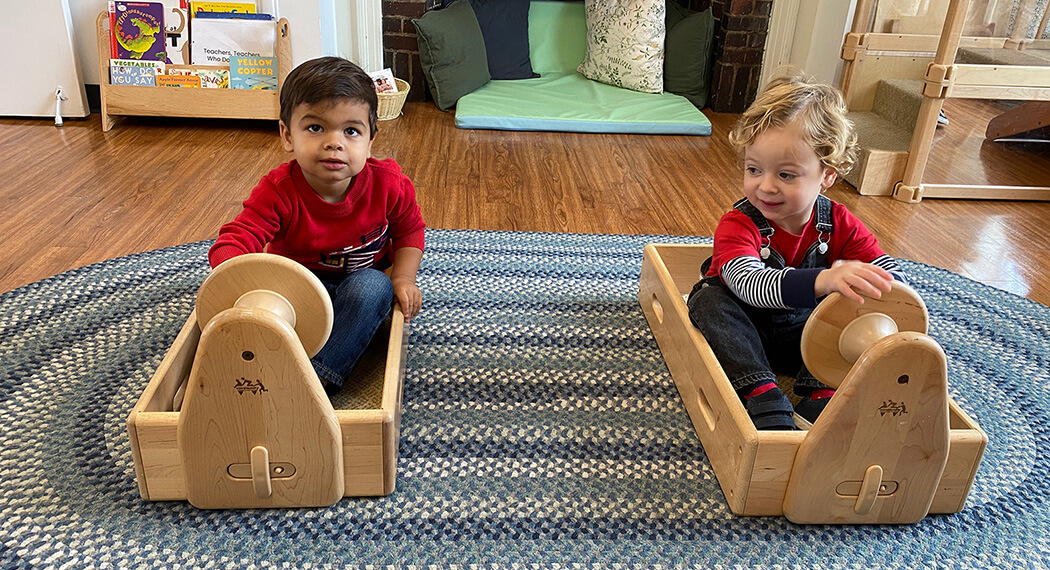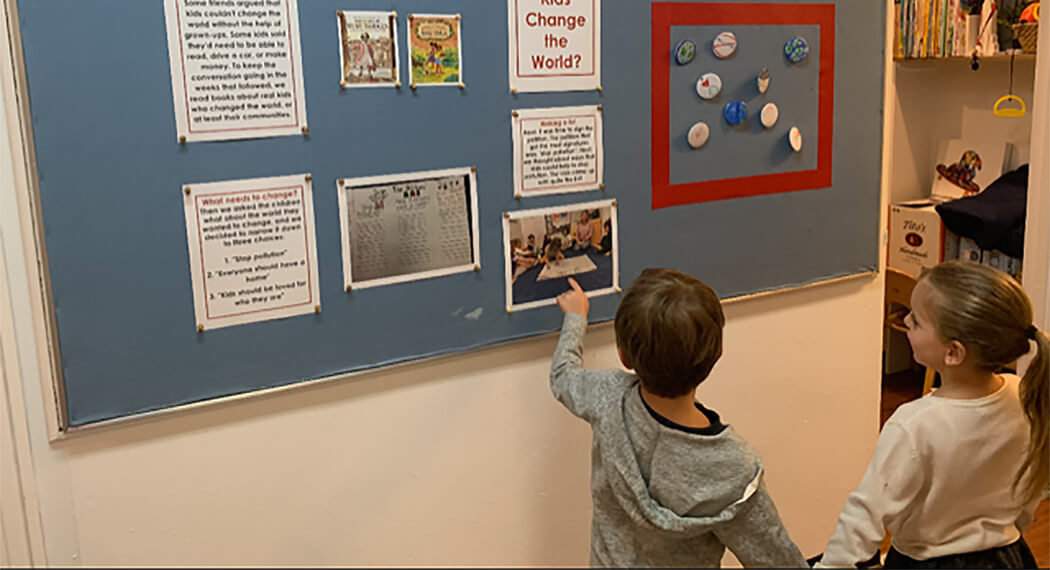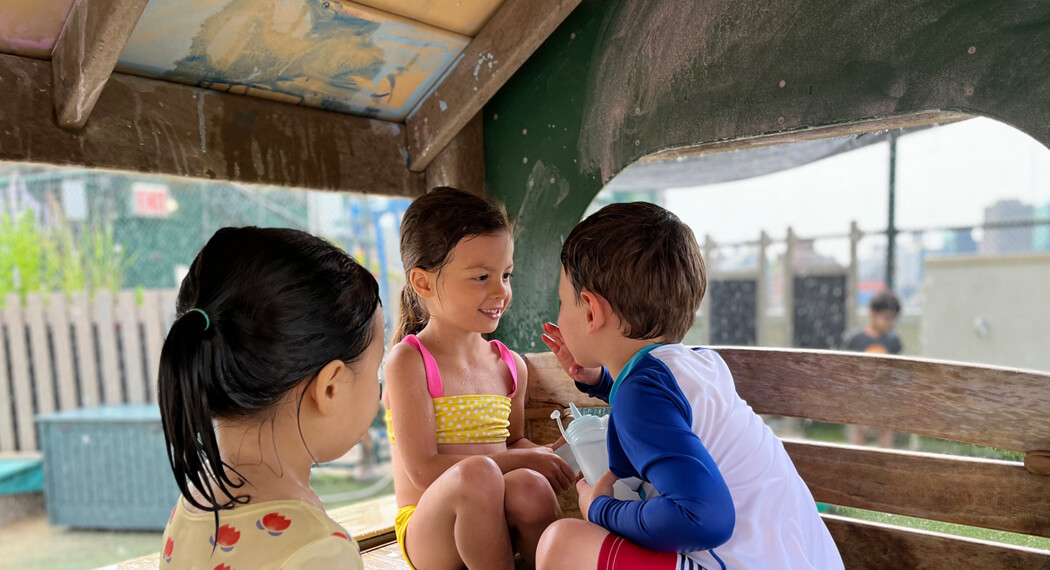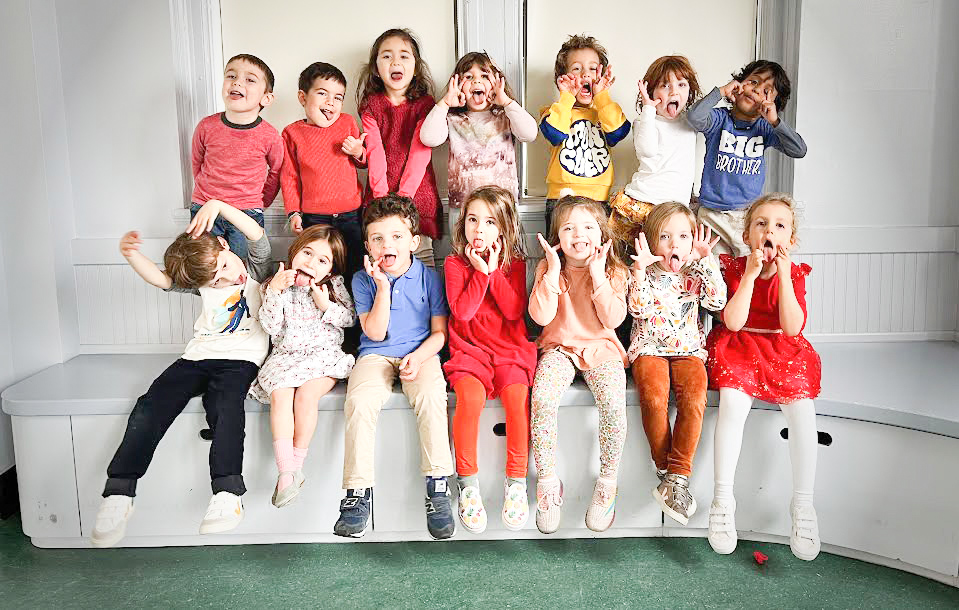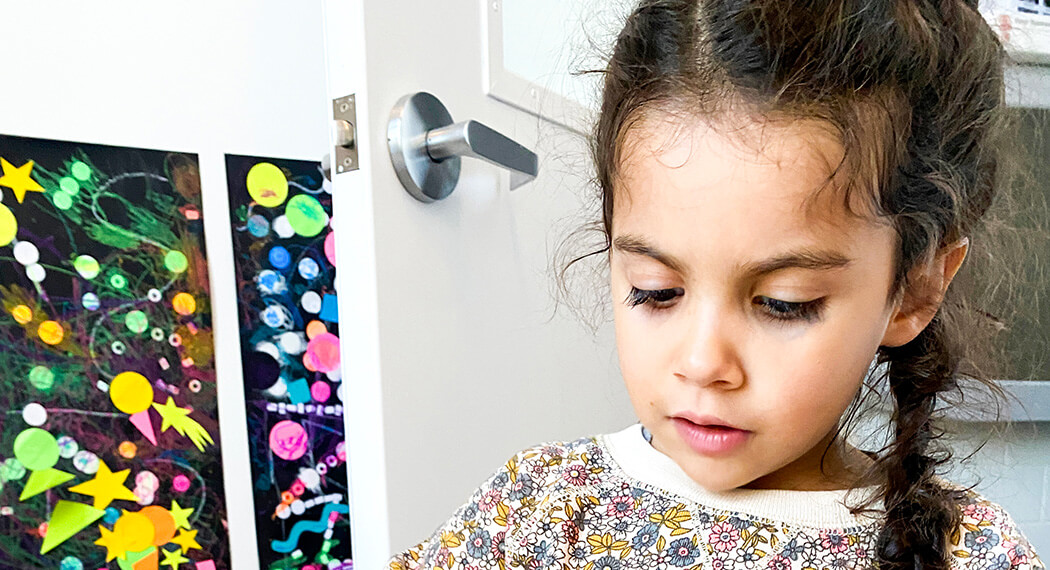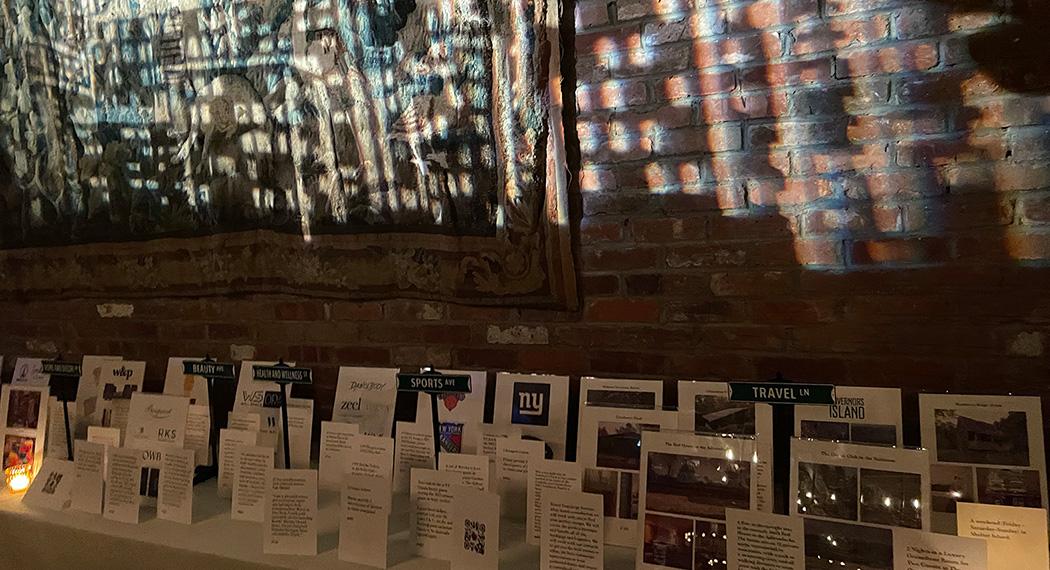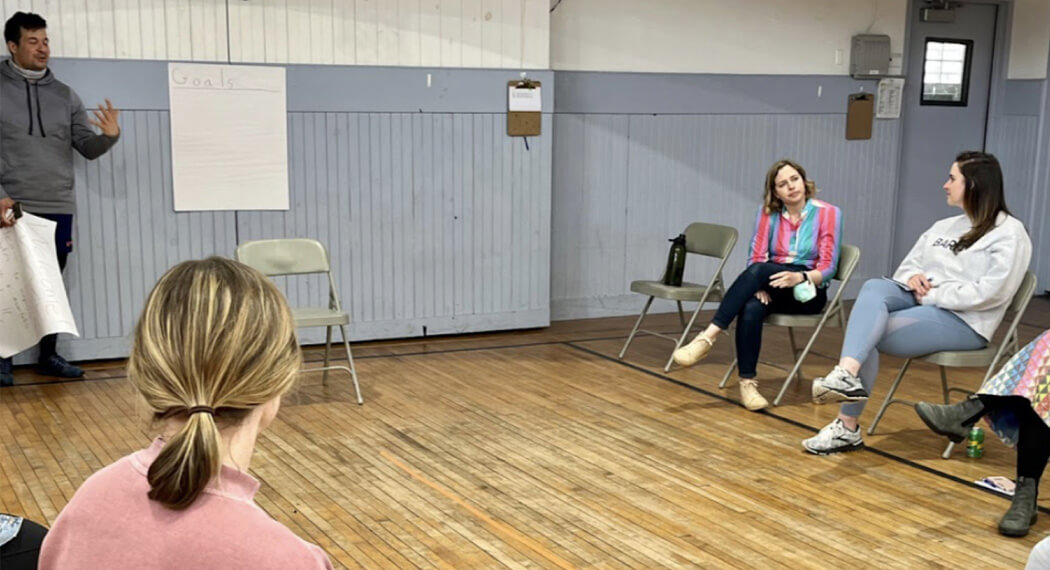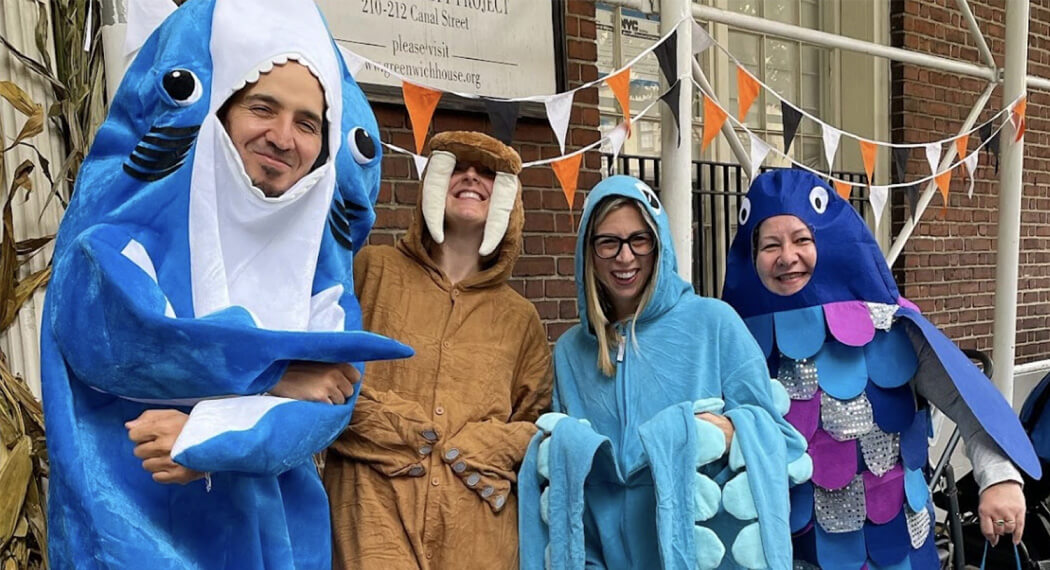Happy New Year, Green Room Families! This week, as we settled back into classroom life, we took the time to revisit routines that we established this fall. These include classroom jobs, writing emails to absent peers, standing in line, and walking on the stairs.
One exciting new routine that we have is our cubby labels! As you may have seen this week, our cubbies now have photo and name tags to designate which cubby belongs to each child. With this new routine in place, we are encouraging the students to look for their specific cubby when they come into the classroom at the start of their day. This is another one of the many ways that we practice identifying letters, as children look for the letters in their name.
We also are returning to our Job Chart, which we formalized in early winter with our Job Chart. This chart hangs on our bulletin board, above our schedule.
Each child holds the same job for one week, allowing them to practice over an extended period of time. By the end of the week, we have some very confident job holders!
Our jobs include:
Meeting Leader –
The meeting leader helps the group move through each part of our meeting. They use a clipboard, which names each job. The jobs have a matching photo to help the meeting leader identify the word(s). It is also the meeting leader’s responsibility to ask for volunteers if any jobs need a substitute. In this job, children practice early reading skills and develop their confidence. They see themselves as capable leaders.
Song Chooser –
Our song chooser has three jobs, spread throughout the day. First, they choose which Hello song we will sing. The options right now include: Hello Train, The More We Get Together, and Keep the Beat.
Second, on days when we have “songs and games” on our schedule, the song chooser gets to choose what song(s) or game(s) we will play. Some options include: Ring-Around-the-Rosie, She’ll Be Coming Round the Mountain, Sleeping Animals, or acting out scenes from our books.
Third, the song chooser picks which goodbye song we will sing to close our day together.
Attendance Counter –
Our attendance counter uses the attendance cards to count how many children are present and absent from the Green Room that day. The attendance counter is asked to use 1-to-1 correspondence, which means using a finger to point to each card, giving it one (and only one) number. Attendance Counters are successfully counting up to 15 using these strategies! Jonah and I talk about “trying again” if cards happen to get skipped or counted more than once – both very common counting mistakes at this age, especially with larger numbers.
To count the people who are absent, the attendance counter looks at the cards that are flipped upside down (so the back, not the picture, is facing upwards). When this number is smaller, some children might be able to ‘count’ the number of absent people just by looking. This is called “subitization.” An example of this is: If you look at a collection of three cookies on a plate, you probably know that it’s three without having to count each cookie individually. When you do that, you’re subitizing! Children at this age can subtilize small groups of numbers (2 or 3).
Schedule Reader –
Our schedule Reader reads the schedule for the day, using our schedule song. It has some call-and-response elements:
Schedule Reader – “Today is Monday.”
Rest of the class – “Today is Monday.”
Schedule Reader – “Did we say hello?”
Rest of the class – “Yes, we said hello.”
Schedule Reader – “Did we have exploration?”
Rest of the class – “Yes, we had exploration.”
Schedule Reader – “Now we’re having meeting, then we’ll have snack, then we’ll…, then we’ll say goodbye.”
For this job, children use letter and sound identification skills to identify the day of the week. They use sequencing words, like “now” and “then.” They practice reading from left to right, top to bottom, mirroring how they will eventually read text.
Our current collection of centerpieces!
Snack Helpers –
We have two snack helpers each week, who are responsible for putting out plates, cups, and centerpieces. Children use 1-to-1 correspondence to ensure that each plate is paired with one cup. They practice using careful, steady hands to bring heavy centerpieces (sometimes pottery that we’ve made with Dave) to the table safely. We’re proud to say that we have had no pottery ‘accidents’ so far this year!
Clue Caller –
Our Clue Caller is responsible for calling the clues that are part of our transitions. For example, the clue caller might call clues to let students know when it’s their time to line up. Clue callers also call clues for handwashing. Clue Callers might call:
Family clues – “If you have a brother named…” or, “If you have a dad named…”
Clothing clues – “If you’re wearing blue pants, you can go line up” or, “If you’re wearing a patterned shirt, you can go to the sink.”
Transportation clues – “If you came to school on a train…”
Name clues – “If your name starts with the letter K….” or, “If your middle name is…”
Clothing clues are a great first choice for the clue caller, because they can simply look around the rug and notice what each person is wearing. Transportation clues often get silly, as children ask if people came to school “rolling down a hill on a ball” or “in a dump truck.” Family clues and name clues take a lot of work and memory skills, and we’re always proud when someone rises to the challenge!
Line Leader –
Our line leader starts our line (along with a teacher). They are a model for the rest of the class behind them, and work hard to keep their hands by their sides, their eyes facing forward, and their feet at a walking pace.
Door Holder(s) –
We have one or two door holders, who keep the door open for the class to walk through. A habit we like to cultivate is thanking the door holder(s) for holding the door as we all walk through.
Book Organizer –
Our book organizer is responsible for keeping our bookshelf neat and organized. This includes: making sure the books are facing forward (covers out), that the books are not stacked over each other nor tucked inside each other, and making sure books are facing upright. The book organizer is also responsible for shelving any new books that we might read.
Problem Solver –
This is a big job! Our problem solver is responsible for settling disputes that may arise between two (or more) children. When someone is in an argument or disagreement, we often hear a call of, “We need a problem solver!” For the first half of the year, teachers modeled problem solving by first asking, “What’s the problem?” Each child gets a chance to share what they are feeling. When everyone has shared, the next question is, “What do you need to feel better?” There are a wide range of responses to this question, including: “A hug,” “Say sorry,” “Give me the ____ [material],” or, “I need space.” Sometimes, it’s easy to give each person what they need, while other times individual needs conflict with each other. In this moment, the problem solver needs to get creative and figure out how to move forward. At the end of each conflict, the problem solver asks each child, “Is the problem solved?”
There are many reasons why we work to solve conflicts in this way. First, it is an approach that is founded in neutrality. Each person gets an equal chance to share their feelings and needs. Similarly, it does not assume what each person is feeling or needing. We might think we know why one child grabbed a toy from another, but they might surprise us in their response. In this method of problem solving, children strengthen their communication skills – they learn to listen deeply to each other and verbalize their own feelings.
Continuing the Conversation at Home –
– Ask your child what their job was this week.
– Ask your child why they think their job is important. For example, “Why do you think it’s important to have an attendance counter in the green room?”
– Ask your child what job they are excited to have.
– Talk about what jobs each person in your family does at home. Does your family have a book organizer? Do they need one? Your family might have jobs that we don’t have at school, like Dishwasher or Laundry Loader.

